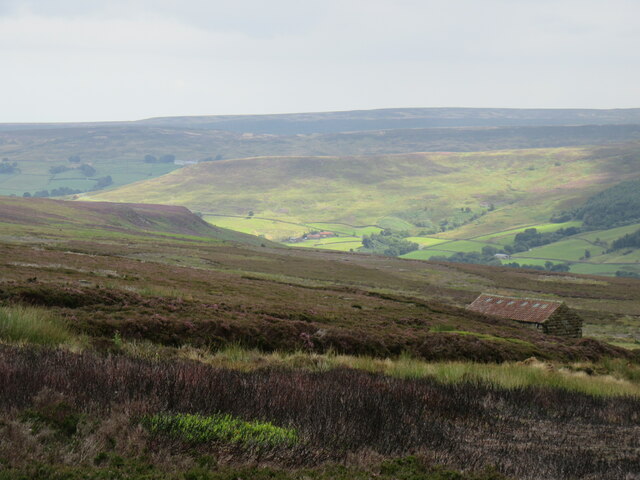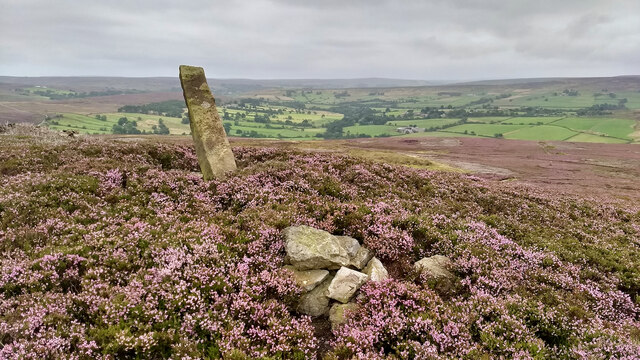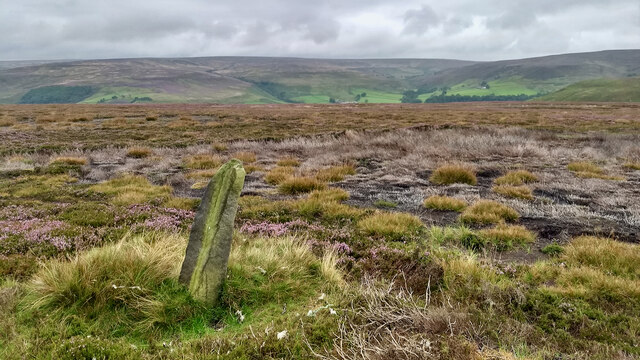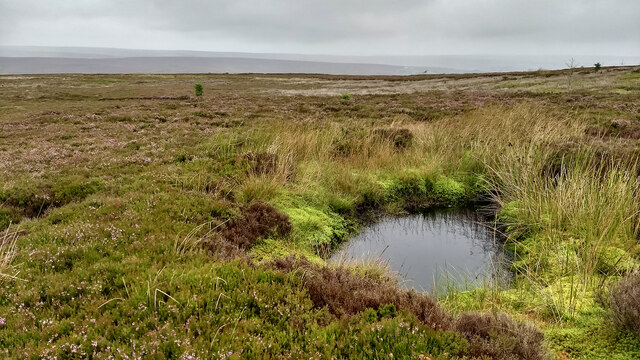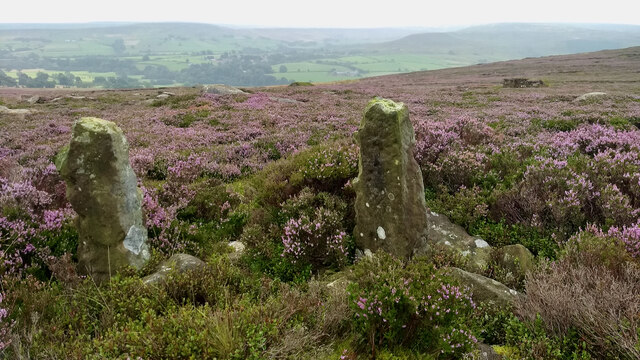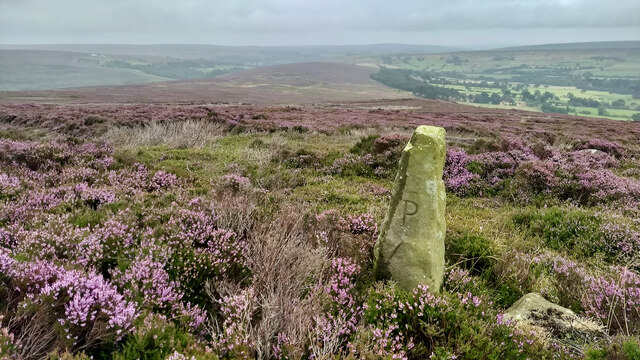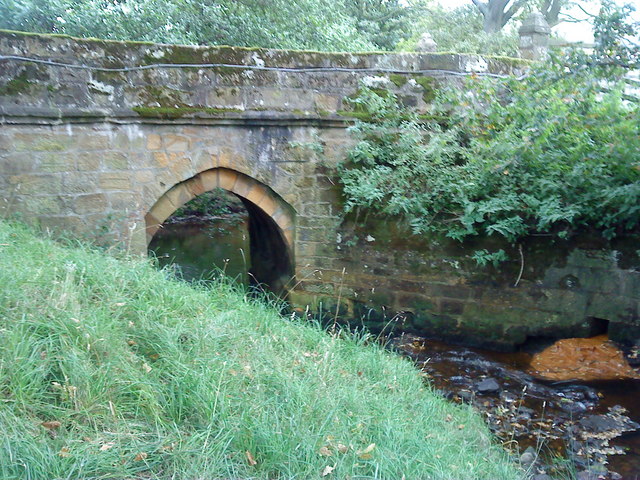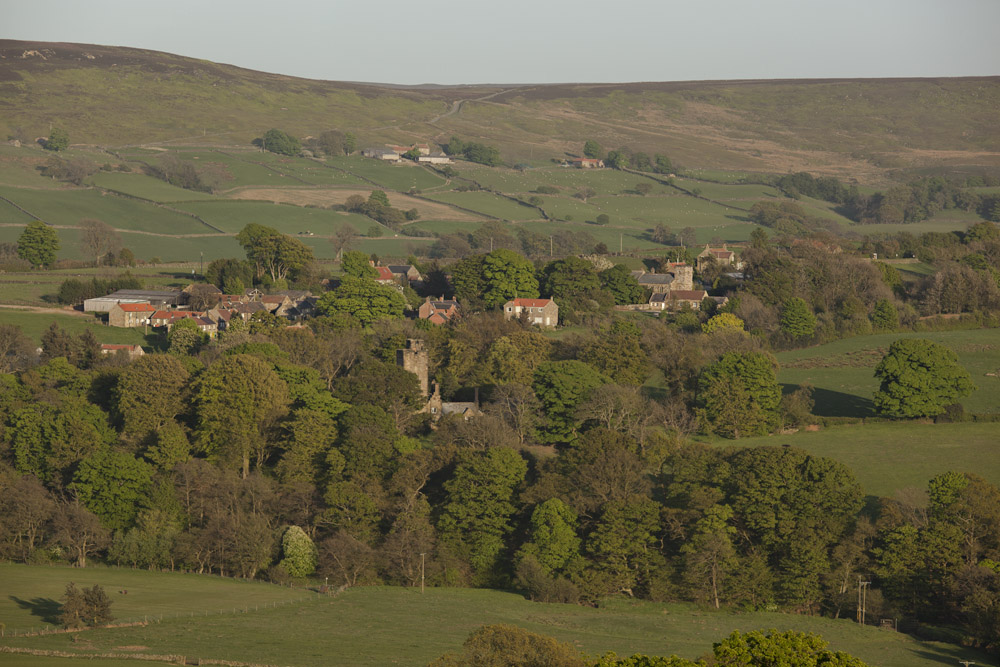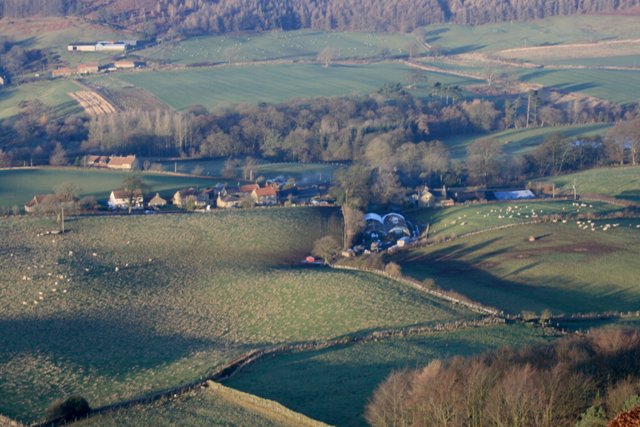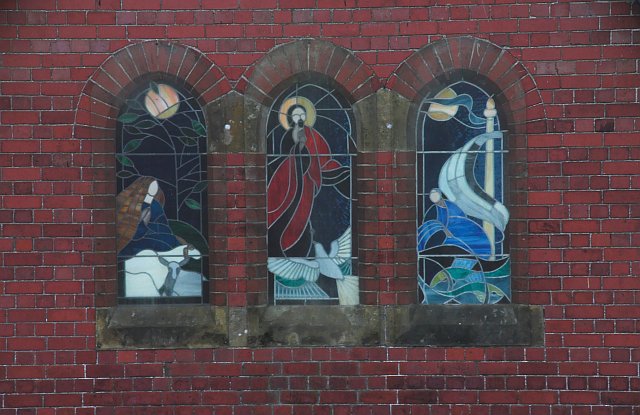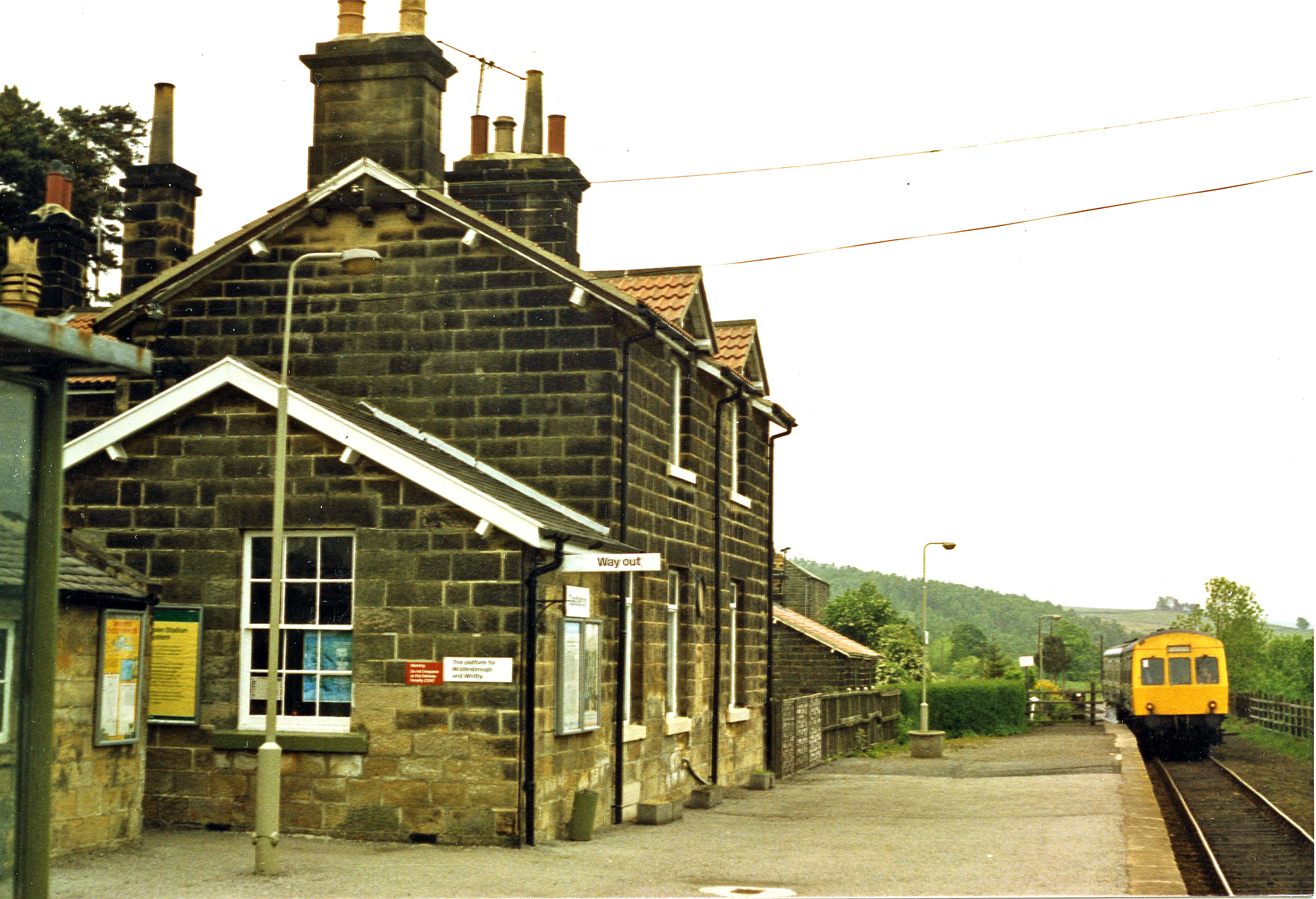Great Hograh Moor
Downs, Moorland in Yorkshire Scarborough
England
Great Hograh Moor
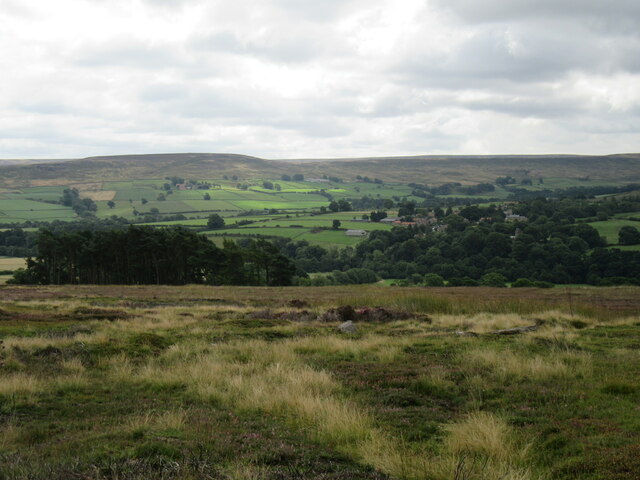
Great Hograh Moor is a stunning expanse of moorland located in the county of Yorkshire, England. It is situated in the picturesque region known as the Yorkshire Downs, which is renowned for its natural beauty and rugged landscapes. The moor covers an area of approximately 500 acres and is characterized by its vast open spaces, rolling hills, and heather-covered terrain.
The moorland is home to a diverse range of flora and fauna, including various species of birds, insects, and wildflowers. Visitors to Great Hograh Moor can expect to encounter the iconic heather, which blooms in vibrant purple hues during the summer months, creating a breathtaking spectacle against the backdrop of the moor.
The landscape of Great Hograh Moor is dotted with scattered boulders and outcrops, adding to its rugged charm. It is a popular destination for hikers, nature enthusiasts, and photographers who are drawn to its untouched wilderness and panoramic views. The moor offers a network of footpaths and trails, allowing visitors to explore its vast expanse and immerse themselves in the tranquility of the Yorkshire countryside.
Due to its remote location and minimal light pollution, Great Hograh Moor is also an ideal spot for stargazing. On clear nights, the moor offers unobstructed views of the night sky, allowing visitors to marvel at the beauty of the stars and constellations.
Overall, Great Hograh Moor is a captivating destination that showcases the natural splendor of the Yorkshire Downs. Its untouched landscapes, abundant wildlife, and panoramic views make it a must-visit location for those seeking to experience the beauty of the English countryside.
If you have any feedback on the listing, please let us know in the comments section below.
Great Hograh Moor Images
Images are sourced within 2km of 54.450157/-1.0128627 or Grid Reference NZ6406. Thanks to Geograph Open Source API. All images are credited.
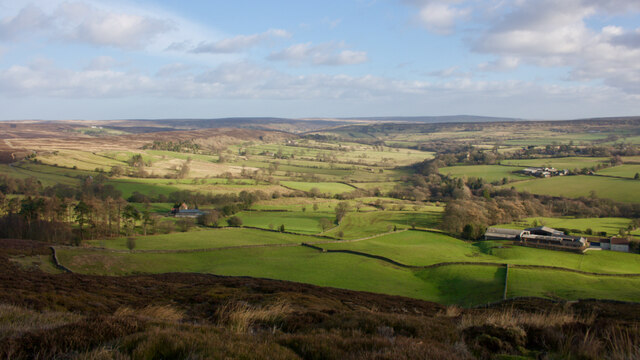
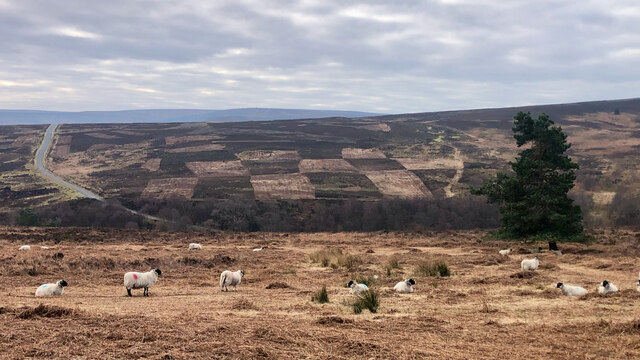
Great Hograh Moor is located at Grid Ref: NZ6406 (Lat: 54.450157, Lng: -1.0128627)
Division: North Riding
Administrative County: North Yorkshire
District: Scarborough
Police Authority: North Yorkshire
What 3 Words
///sits.invisible.inched. Near Ingleby Greenhow, North Yorkshire
Nearby Locations
Related Wikis
Basedale Priory
Basedale Priory or Baysdale Priory was a priory in North Yorkshire, England located 8 miles (13 km) East from the parish church of Stokesley. It was a...
Westerdale Preceptory
Westerdale Preceptory was a priory in Westerdale, North Yorkshire, England. The land was donated to the Knights Templar by Guido de Bovingcourt in 1203...
Westerdale
Westerdale is a village, civil parish and dale within the Scarborough district of North Yorkshire, England. The Esk Valley Walk runs through part of the...
Warren Moor Mine
The Warren Moor Mine, was a short-lived mining concern south of Kildale, North Yorkshire, England. Activity at the site was limited to drift mining, and...
Kildale
Kildale is a village and civil parish in Hambleton district of North Yorkshire, England. It lies approximately 3 miles (4.8 km) south-east from Great Ayton...
Commondale railway station
Commondale is a railway station on the Esk Valley Line, which runs between Middlesbrough and Whitby via Nunthorpe. The station, situated 16 miles 72 chains...
Commondale
Commondale is a village and civil parish in the Scarborough district of North Yorkshire, England that lies within the North York Moors National Park....
Castleton Moor railway station
Castleton Moor is a railway station on the Esk Valley Line, which runs between Middlesbrough and Whitby via Nunthorpe. The station, situated 16 miles 45...
Have you been to Great Hograh Moor?
Leave your review of Great Hograh Moor below (or comments, questions and feedback).

